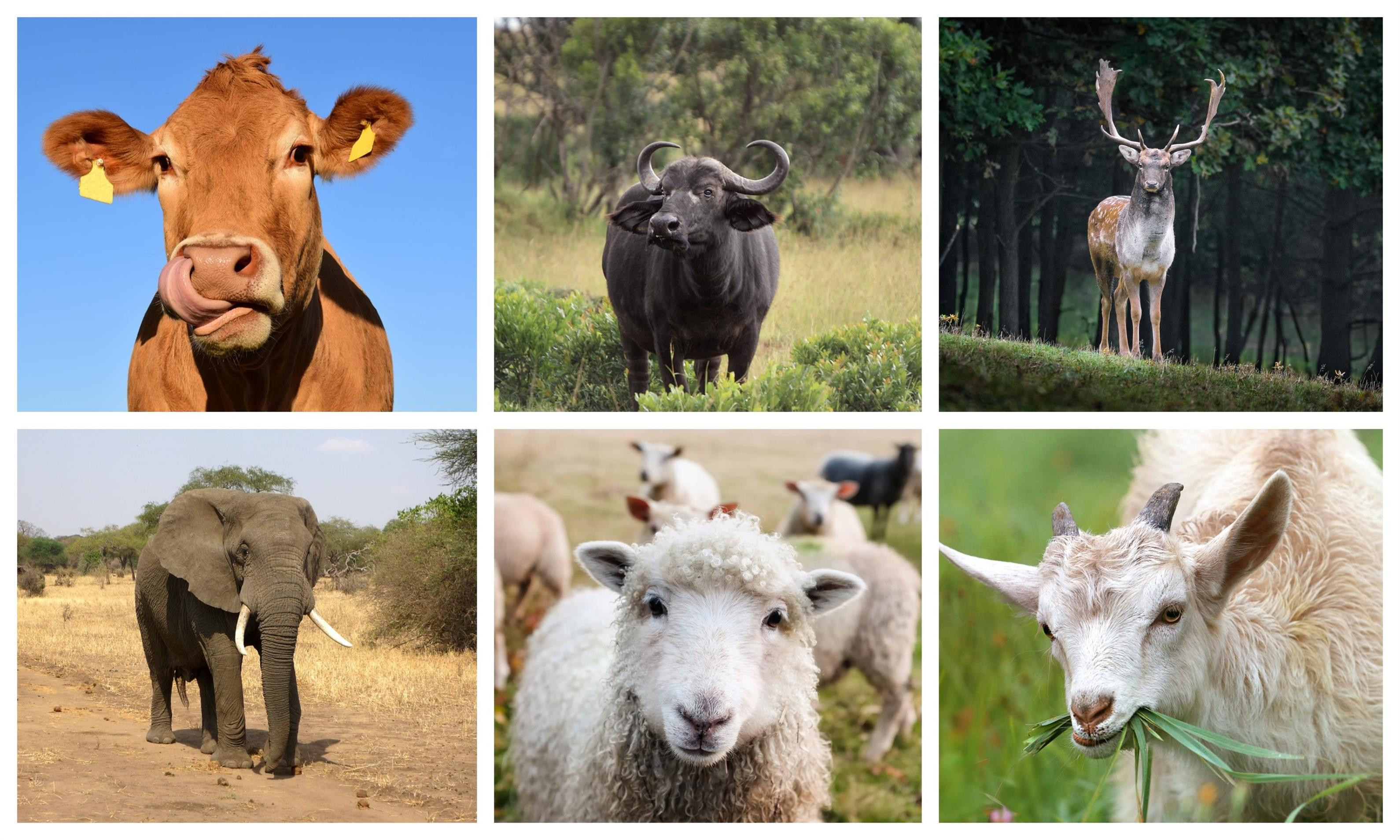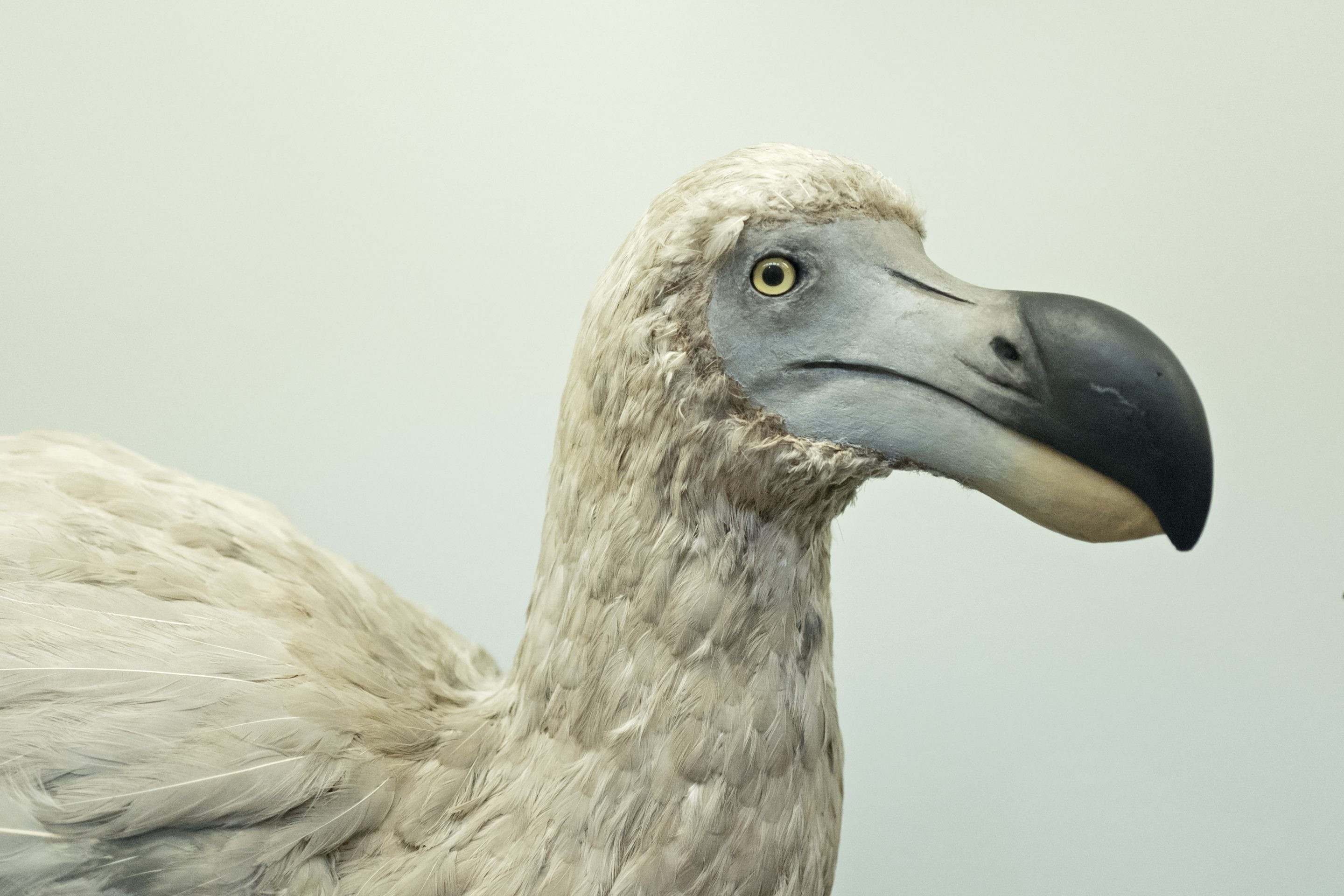Yellowstone's Herbivores: How Body Size Impacts Winter Survival Strategies
Ecologists have long sought to understand the dietary habits of different animal species. In a recent study, researchers have explored the puzzling question of how competing herbivores in Yellowstone National Park, which feed on grasses, wildflowers, and trees, manage to find enough food to survive the winter.
Over a two-year period, using advanced molecular biology tools and GPS tracking data, the research team was able to identify not only what herbivores in Yellowstone consume, but also the strategies they use to find food throughout the year.
“In Yellowstone, we know vegetation changes across seasons, but until now, we didn’t know how these seasonal changes influenced what animals eat or how they sustained themselves when options were limited,” said lead author Bethan Littleford-Colquhoun, a postdoctoral research associate at Brown University.
“It turns out that while species eat similar categories of food, their diets differ from one another in cryptic and nuanced ways. And an animal’s body size plays an important role in how this is achieved.”
The Debate Over Foraging Strategies
For years, ecologists have debated how wildlife should cope with fluctuations in their food supplies, explained co-author Tyler Kartzinel, an associate professor of ecology, evolution, and organismal biology at Brown.
Some experts propose that animals should diversify their diets to cater to their preferences when they have more choices in summer, Kartzinel said.
Others suggest that animals are more likely to diversify what they eat during challenging periods, like winter, when competition for food is fierce, and they might have to settle for less desirable options.
“These opposing predictions couldn’t both be true, so it wasn’t at all clear how Yellowstone’s assemblage of herbivore species – with such a diversity of foraging behaviors – could succeed in finding enough food throughout the year,” Kartzinel said.
Uncovering the Secrets of Winter Survival
To investigate, the researchers used two years of GPS tracking and dietary DNA data to explore how dietary variation changes during times of resource scarcity and abundance for five of Yellowstone’s most iconic species: bison, elk, deer, bighorn sheep, and pronghorn antelope.
Staff at Yellowstone tracked the animals, while researchers at Brown, including many undergraduate students supervised by Littleford-Colquhoun, analyzed fecal samples using a sophisticated molecular technique called metabarcoding. This method helped determine what foods the animals had eaten.
The Role of Body Size in Winter Foraging
The study revealed that all species took advantage of the seasonal abundance of wildflowers in summer. However, in winter, each species focused its foraging efforts on the specific plant types it was best suited to compete for.
The researchers also found that feeding behaviors were linked to the animal’s body size. Smaller species, like deer and sheep, spread out across summer meadows, significantly broadening their diets before gathering in sheltered valleys to survive the winter on leftover vegetation.
In contrast, larger animals, such as bison, displayed the opposite behavior: in winter, their size allowed them to avoid competing for dwindling resources, so they ventured into deep snow to access food reserves that were out of reach for smaller species.
“The study showed that these species can feed far more adaptably than anyone had previously assumed,” Littleford-Colquhoun said.
“All species switch the ways they search for food, but the opportunities an individual bison has to fuel its migration or survive a hard winter might only work for it because it’s big. Meanwhile, other species might need to group together for protection in winter because they’re small.”
Resolving the Foraging Debate: A Tale of Two Strategies
So, should animals diversify their diets in summer or winter? According to Kartzinel, the answer depends on the species.
“Because of the variety of ways animals behaved in our study, we learned that both hypotheses about how animals fuel their migrations were right, but in different ways and at different times,” Kartzinel said.
“So the question that biologists should have been bickering about for the past generation shouldn’t have been, ‘Which foraging strategy is right?’ but rather, ‘When does each strategy work best for a given group of animals?’”
Implications for Conservation
Kartzinel hopes that these more refined insights into foraging behaviors will encourage scientists to adopt a more tailored approach to wildlife conservation.
“If we want to help wildlife populations thrive, we should be maintaining a diversity of habitats and plant resources across their migratory corridors so that many animals, each with their own preferences, personalities, and needs, can find what’s best to fuel their journey,” Kartzinel concluded.
The study is published in the journal Royal Society Open Science.
A Tailored Approach to Conservation
This research highlights the importance of considering the nuances of animal behavior when developing conservation strategies. Understanding the specific ways in which different species adapt to changing food availability can help us to better protect and manage wildlife populations. As we continue to grapple with the challenges of climate change and habitat loss, it is critical that we adopt a more nuanced and tailored approach to conservation. By understanding the intricate relationships between animals, their environments, and their feeding behaviors, we can work to ensure the long-term survival of these magnificent creatures and the ecosystems they call home.
References
- How do competing animals manage to find enough food?
- Body size modulates the extent of seasonal diet switching by large mammalian herbivores in Yellowstone National Park
- Body size modulates the extent of seasonal diet switching by large mammalian herbivores in Yellowstone National Park
- Brown University ecologists teamed with National Park Service scientists in Yellowstone to answer a vexing question about how different wildlife species find enough to eat
- Brown University ecologists teamed with National Park Service scientists in Yellowstone to answer a vexing question about how different wildlife species find enough to eat

















